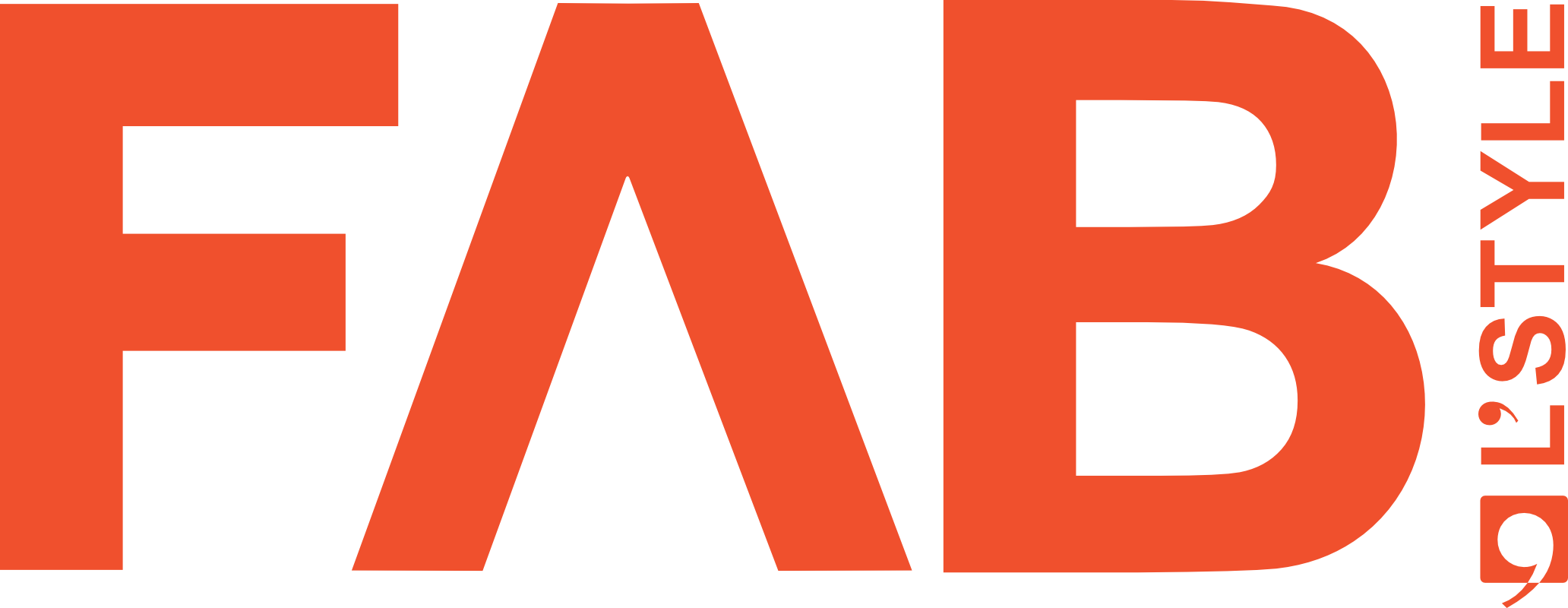When we discuss African beauty, one might be tempted to think of a singular, stereotypical image—that of the dark-skinned woman with tightly coiled hair. Such a limited perception is a disservice to the exceptional variety of African beauty. Africans come in a spectrum of skin tones, hair textures, and facial features that defy reduction to a single archetype. Unfortunately, true African beauty has been obscured by misconceptions the media perpetuates. In this article, we explore the richness of African beauty and address the media misconceptions that have clouded the perceptions of many.
Misrepresentation and Stereotypes of African Beauty
Misconceptions about African beauty in the media go beyond underrepresentation. Often, when African beauty is featured, it is portrayed in a one-dimensional manner. The media has a tendency to fetishize or exoticize African beauty, reducing it to a mere spectacle.
One such example is the portrayal of African women as “noble savages.” This colonial-era stereotype romanticises African women as untamed, natural beauties who love and want to live in the wilderness. While it may seem complimentary on the surface, it is an oversimplification that robs African women of their agency, intellect, and individuality.
Similarly, the media has perpetuated harmful notions that lighter skin is more attractive or sophisticated. The prevalence of skin-lightening products and their aggressive marketing campaigns continue to reinforce the idea that fair skin is the most desirable. This not only erases the beauty of darker skin tones but also perpetuates colourism and low self-esteem among those who do not meet this standard.
African Beauty Redefined
To challenge these misconceptions and promote a more inclusive image of African beauty, it is essential to redefine beauty standards. Here are a few ways we can do this:
- Celebrate Diversity: The media can actively celebrate the rich diversity of African beauty. It should feature models, actors, and influencers from different African regions, showcasing a variety of skin tones, hair textures, and cultural styles. Some African beauty icons who have shattered misconceptions and made waves in the global media space include Lupita Nyong’o, Black Panther’s Dania Gurira, Supermodel Iman, and South Sudanese-Australian model Adut Akech. Stay up to date on the newest in the world of Fashion, Arts, Beauty and Lifestyle; Follow FAB on socials.
- Embrace Natural Beauty: Instead of exoticizing African beauty, the media should encourage embracing natural beauty. This includes showcasing Afro-textured hair, traditional clothing, and body art in a respectful and authentic manner.
- Challenge Colourism: Media outlets should take a stand against colourism and refuse to endorse or promote skin-lightening products. By featuring and supporting individuals with darker skin tones, they can send a powerful message that all shades are beautiful.
- Encourage Self-Love: Emphasis on self-love and self-acceptance should be a recurring theme in media narratives. It is crucial to send the message that true beauty comes from within and that being comfortable in your own skin is the ultimate expression of beauty.
Representation Matters
The media, both historically and in contemporary times, has often perpetuated narrow ideals of beauty. For many years, the Eurocentric standard of beauty has been portrayed as the pinnacle of desirability, inadvertently marginalising African beauty. This lack of representation in the media has serious implications.
When African beauty is underrepresented or mischaracterized, it sends a powerful message to those who do not fit into the conventional beauty mould: “You are not beautiful”. This harmful message erodes self-esteem and confidence, particularly among young people. It is time for a change.
Thankfully, recent years have seen an encouraging shift in media representation. Brands, magazines, and filmmakers have begun to embrace and celebrate the richness of African beauty. Iconic moments like Lupita Nyong’o gracing the cover of Vogue have paved the way for a new era of inclusivity in the media.
African Beauty Around the World
African beauty is not confined to the borders of the continent. The African diaspora has spread the influence of African beauty across the globe. The beauty and fashion industries have witnessed a renaissance, with African and Afro-Caribbean styles becoming global trends.
With the explosion of Afro hairstyles and the popularity of African prints and fabrics, it is clear that the appeal of African beauty has led to its global embrace. This trend signifies a cultural shift that acknowledges the undeniable charm of African beauty and its importance in shaping global aesthetics.
Closing Thoughts
In the media, it is crucial that we continue to broaden our horizons, celebrate diversity, and challenge the harmful stereotypes about African beauty that have persisted for far too long. Representation matters, and it is time to let African beauty shine in all its glory. By challenging misconceptions and demanding recognition, we can make beauty diverse and inclusive.











